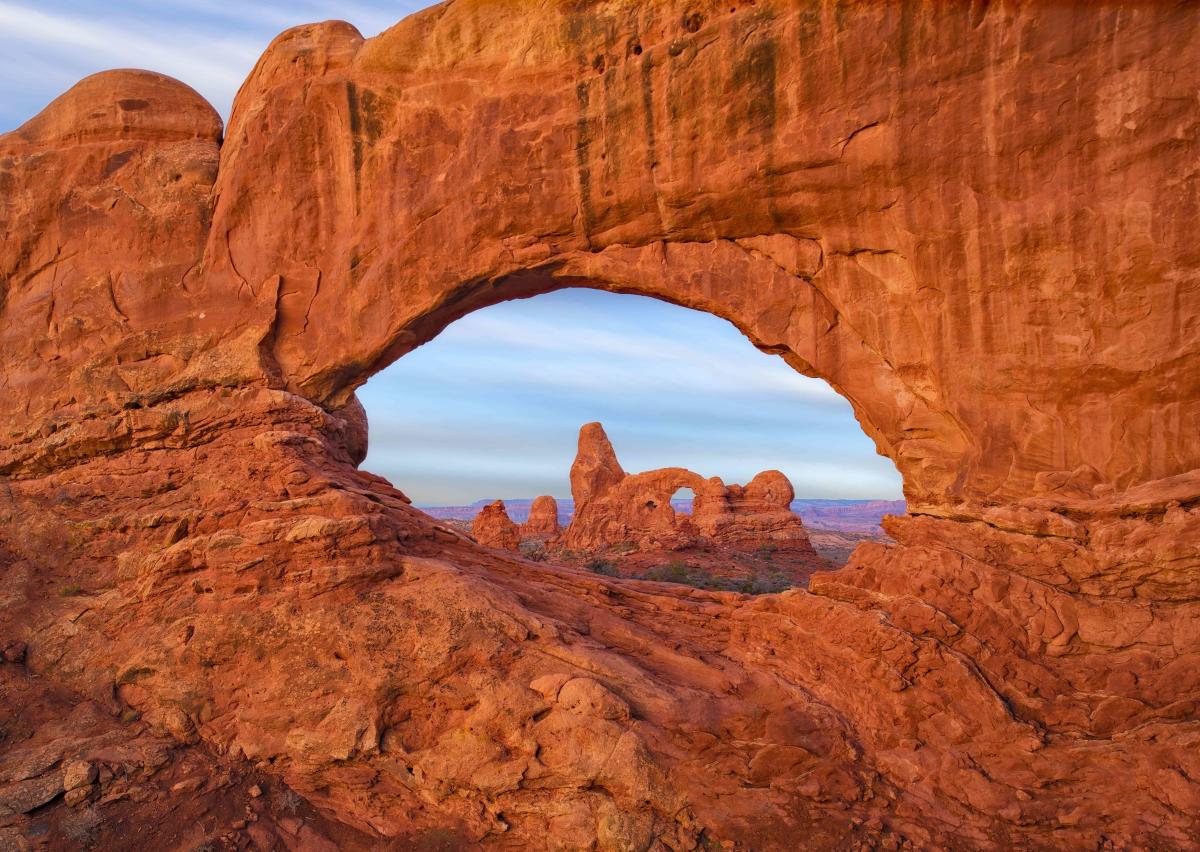After Friday’s earthquake, Morocco mountain town acts as a hub while rescuing people : NPR
4 min read
A mountain town in Morocco is still trying to rescue people from the rubble after the powerful earthquake Friday while it also serves as a hub for aid groups trying to get to even more remote places.
MARY LOUISE KELLY, HOST:
Devastation from the earthquake in Morocco is still being discovered as rescue crews and aid groups make their way through the country’s rugged Atlas Mountains. The government says some 3,000 deaths have been counted so far. Thousands more people have been injured. From the city of Marrakesh, which was itself badly damaged in the quake, roads are being cleared to try to get help to mountain towns. And this is where we find NPR’s Lauren Frayer today. She is up in those mountains in a badly hit town that has now also become a staging area for relief. And, Lauren, it sounds like you’re in a place that illustrates what Moroccans, as well as outside aid organizations, are dealing with. Set the scene for me. What’s it like?
LAUREN FRAYER, BYLINE: Yeah, Mary Louise. I’m in a sort of gateway to these rugged mountains that rescuers are really still trying to penetrate. This has become a hub for aid operations, but it’s also suffered a lot of damage itself. I haven’t seen any building in this town that is not damaged, and it ranges from sort of big, wide cracks in a facade to others that are literally now piles of stones with a satellite dish sitting on top and perhaps a child’s blanket peeking out from the rubble.
Just like in Marrakesh, people are sleeping outdoors here. But here in the mountains, it’s very cold at night. The military – the Moroccan military has these dump trucks that are pulling up. Hundreds of people gather around. Soldiers toss blankets into the crowd. The trucks are also trying to clear boulders from area roads, but it is slow going. I mean, these are – some of these are dirt roads anyway. The terrain is rugged. It kind of looks like Arizona, like the Grand Canyon in some places. And this is also where people are streaming down from smaller towns in the mountains, looking for help. One man walked up to me in tears, like, begging for crews to come to his village where they are running out of food and water.
KELLY: And as you make your way through those crowds, trying to talk to people, what are you hearing from people who are in the town already and those who have come seeking help?
FRAYER: I met an 18-year-old woman in line for those blankets. Her name is Iman Erbeen, and she took me back to what is left of her house.
IMAN ERBEEN: This is our house. That is the kitchen, you know?
FRAYER: And this house next to it is completely gone.
ERBEEN: Yeah, the neighbors. They died, you know? It’s grandmother and two girls. And the one girl – she’s pregnant, and they – she died.
FRAYER: These are neighbors who used to come over for dinner, who she grew up next door to. Iman is a college student who was supposed to go back to class today after summer vacation. She’s not going yet.
KELLY: No. That’s just all…
FRAYER: Yeah.
KELLY: …So sad. Are – there’s still hope of finding survivors. Are people still being pulled out of any wrecked buildings? We’re – what? – three days after the quake now.
FRAYER: We are – 72 hours. There is very much a lot of hope. People are still being pulled out, but rescuers say this is a lot tougher than other quake relief operations. I spoke to a Spanish rescuer who was among the first to land in the scene, and he’s been here for 48 hours using sniffer dogs trained to look for people alive under the rubble. His name is Antonio Vargas. And for the past two days, he has searched hundreds and hundreds of homes for people alive.
ANTONIO VARGAS: (Speaking Spanish).
FRAYER: And he says he has not found even one person. He blames the building materials here. So when cement and rebar collapses, there are air pockets in there. And the materials they use here, like red adobe clay – it just becomes dense, and there’s no air there. And so the hospital here is actually eerily quiet.
KELLY: Right. OK. NPR’s Lauren Frayer, way high in the Atlas Mountains of Morocco. Thanks for your reporting today.
FRAYER: Thanks for having me.
Copyright © 2023 NPR. All rights reserved. Visit our website terms of use and permissions pages at www.npr.org for further information.
NPR transcripts are created on a rush deadline by an NPR contractor. This text may not be in its final form and may be updated or revised in the future. Accuracy and availability may vary. The authoritative record of NPR’s programming is the audio record.






